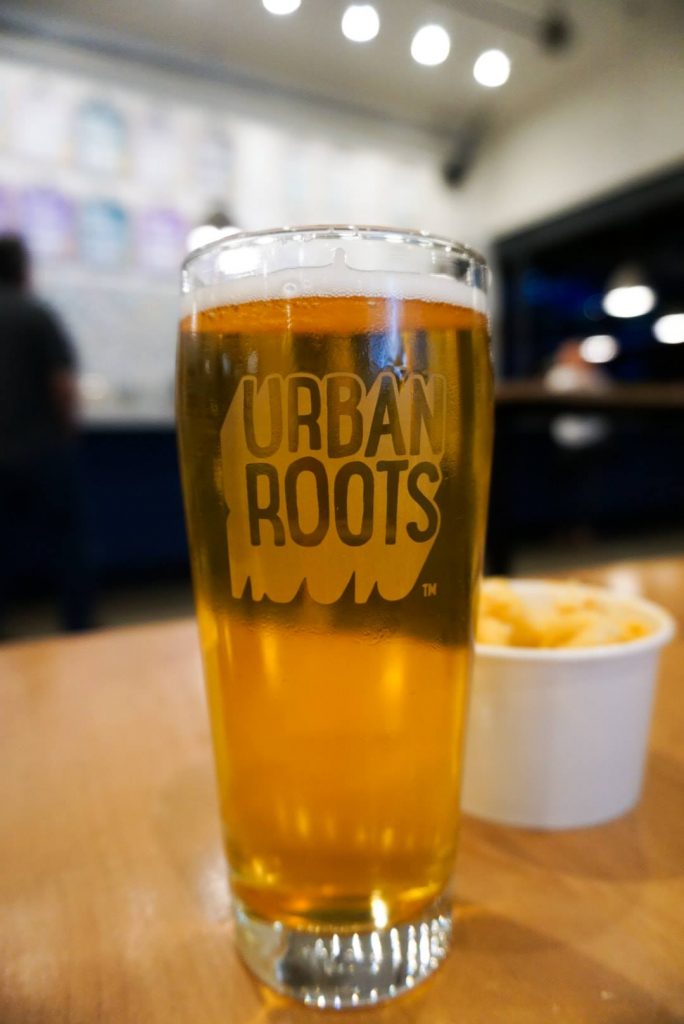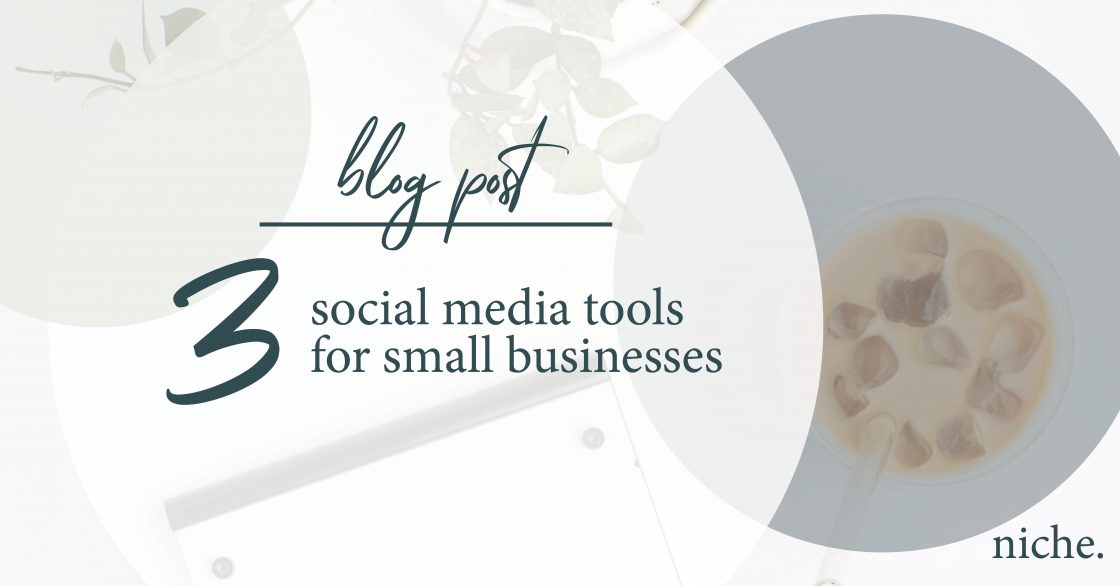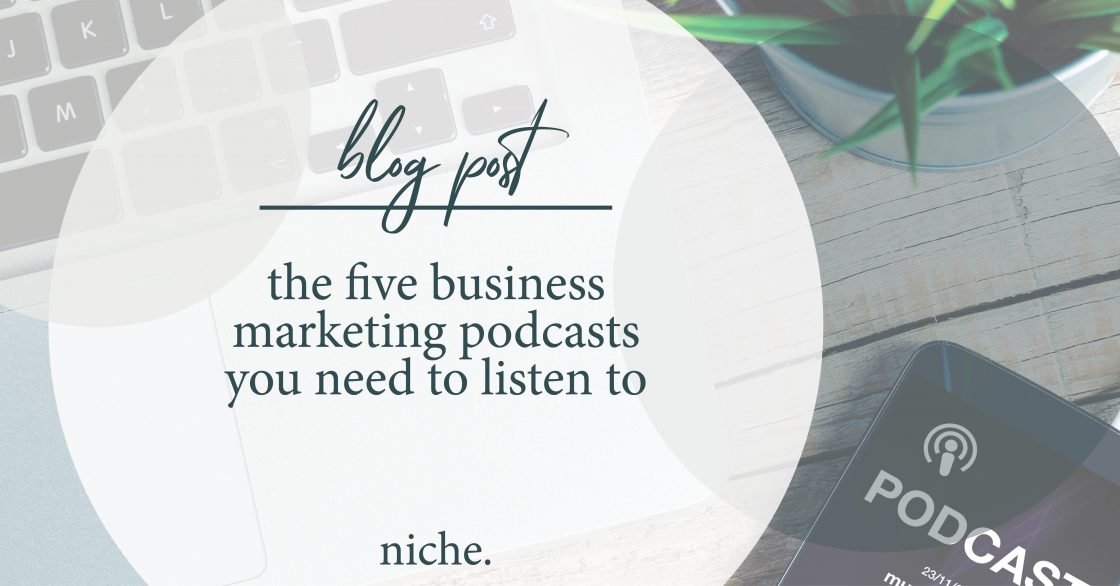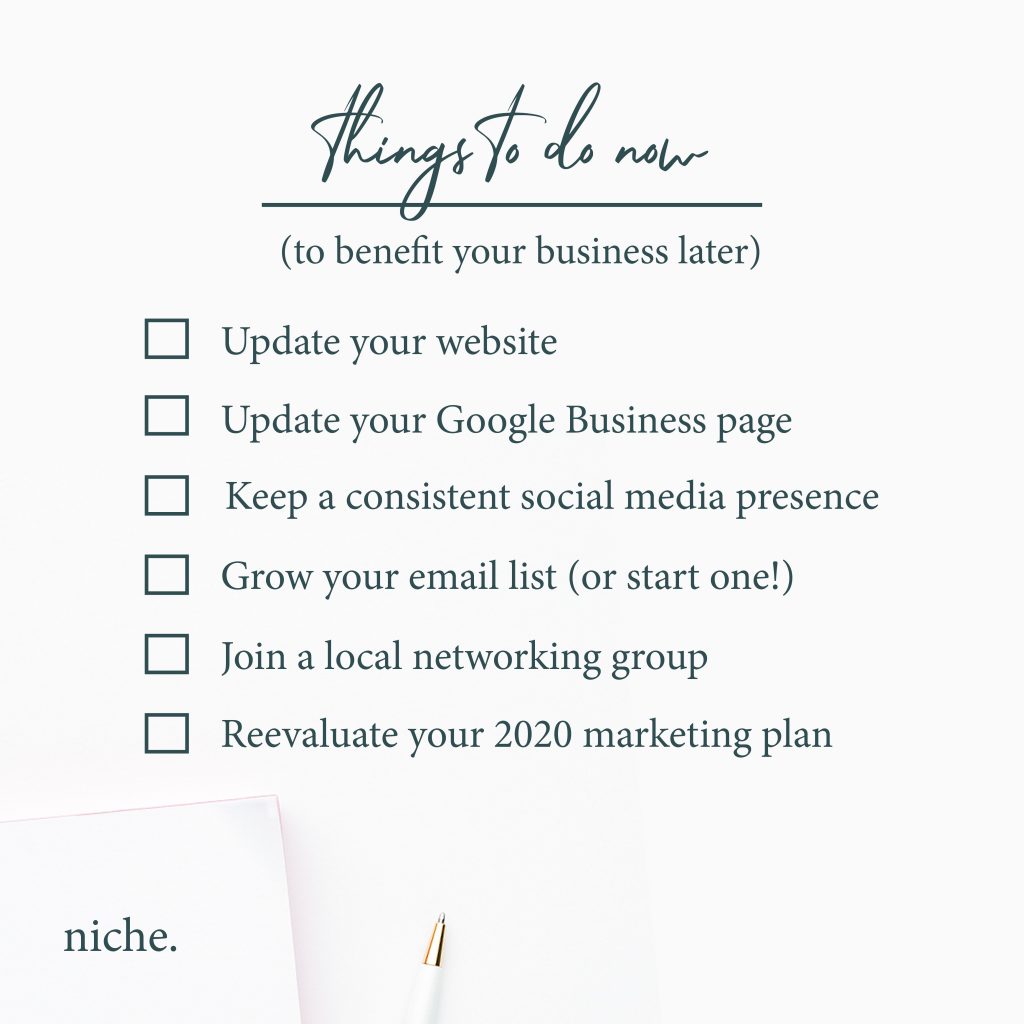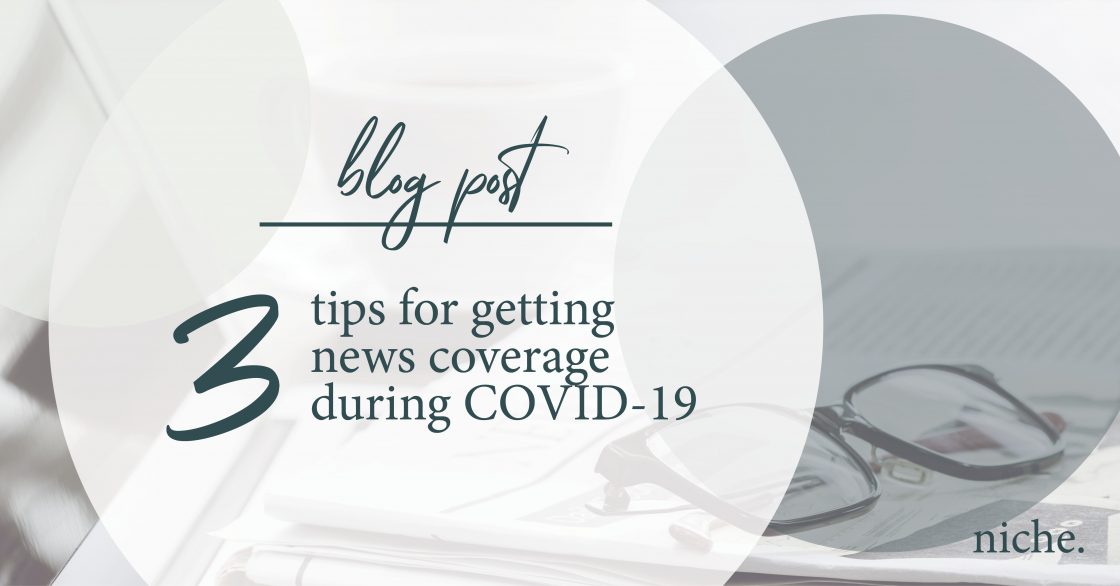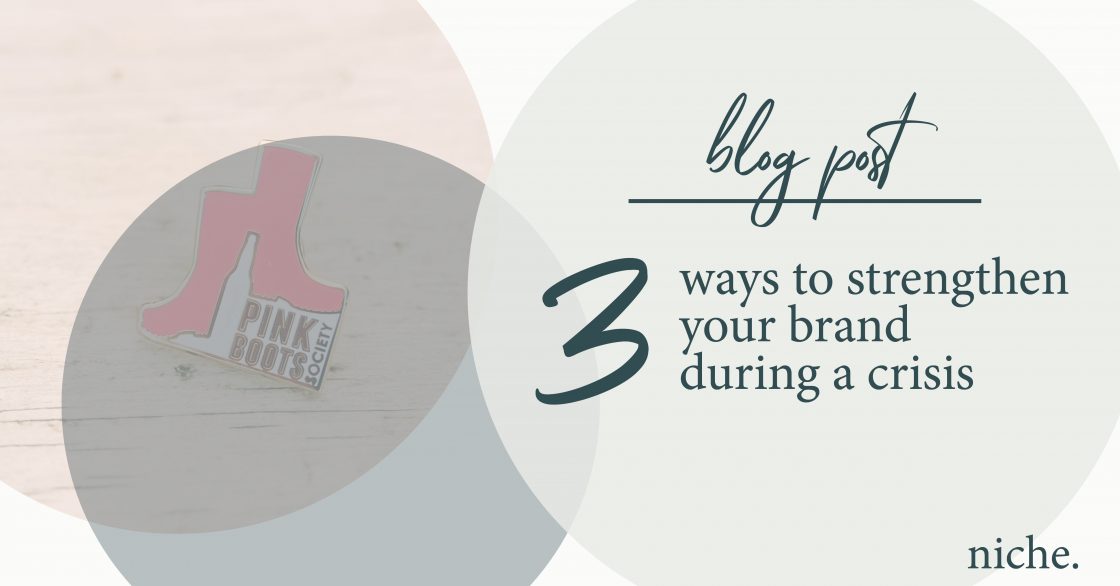If you missed Influencer Marketing 101: Part 1, read it here first!
Influencer marketing can offer instant brand credibility and increased reach to key audiences. But how do you decide which partners are right for your campaign?
Most often, I’ve found the best success with nano and micro-influencers. I usually work with a range of people who have anywhere from 1.5K-50K followers, depending on my client’s budget and overall goals. Micro-influencers typically have followings that are smaller and niche – whether that’s based on an area of interest or a geographical area. And because they’re smaller, they tend to have more personal relationships with their followers and thus offer a great deal of consumer trust when they promote your product or brand.
Before you slide into these people’s DMs, you need to have a clear understanding of your ideal customer and what you want them to do as a result of your influencer campaign. The more clear you are in the purpose of reaching out to an influencer, the better you’ll be able to communicate those needs to them. It also helps gauge if they’re a good fit for your brand – and they can determine if you’re a good fit for theirs, too!

Narrow Down Your Audience
Because influencers typically speak to a specific audience or topic, it’s crucial to know what audience you’re targeting for your campaign. This is a great opportunity to work with your team to define your ideal customer or do some target market research, if you haven’t already.
Some questions to consider: Where does your ideal customer live? How old are they? What do they like to do? Where do they work? What’s their lifestyle like? What social media platforms do they use?
Having answers to these questions will make your influencer marketing effort much, much easier. (Don’t worry. I offer tips on how to assemble your dream team of influencers below!)
Identify Your Objectives
Once you’ve identified your key audience(s), identify why you hope to engage with them. This is also known as setting your campaign objective.
Examples of objectives are:
- Increase number of followers or social media interaction
- Drive conversions, such as sales, email list signups, or downloads
- Increase overall brand awareness
- Increase positive sentiment about your brand
You’ll want to understand your goals of the campaign so you can work with your influencer partners to craft an engagement. This could look like a giveaway, a mention, a product review – get creative! Whatever you decide to do, it should offer tangible metrics so you can determine if the partnership was effective for you. You’ll likely want to partner with the highest-performing influencers again!
Find Influencers to Work With
So you’ve got a firm grasp on the audience you want to reach and how you want to engage them. Now, you need to identify the influencers to help you meet those goals.
Here are some tips on how to find them:
- Start with your own audience. Dig through your list of Instagram followers to see if any of these individuals are a good fit to talk about your brand or product. This will make your ask to partner easier, since they already know (and likely love!) you.
- Search Instagram. If you’re targeting a geographical area for a community outreach campaign or event, try searching on Instagram for relevant geotags (i.e. Downtown Sacramento, Napa Valley, Dallas). See who has posted recently in your target area, check out their profile, and see if they match your criteria for partnership.
- Research hashtags. If you’re looking for industry influencers or those who post about a specific topic, search relevant keywords or hashtags on Instagram (i.e. #yoga, #dogsofinstagram, #coffeeaddict) and browse through the posts that come up.
- Use “the Google.” Google blogs or YouTube channels about your topic and see which ones are relevant, frequently updated, and have good engagement across their other social media platforms.
Typically, a quick Google or Instagram search will point you in the right direction – and it never hurts to ask others in your industry about who they follow, too!
Determining If an Influencer is a Good Fit
When selecting influencers to work with, research is everything. And I’m not just saying that because I’m a data nerd.
It’s important to look beyond their number of followers. You also want to look at the average engagement they receive on their posts, if their voice and content matches your brand’s, past sponsored posts they’ve done, etc. to make sure they’re a good fit for your brand or campaign.
More experienced influencers, especially those who monetize their partnerships, likely have a kit they can send you with this information, but I always recommend doing your own due diligence. You can also double-check engagement rate and credibility with online tools such as Tanke and Hypeauditor, respectively.
Who you select to bring on as an ambassador for your brand is a big decision. With thought and research, it should result in a dream team of partners who care about your brand as much as you do.
Stay tuned for Part III: Tips for a Flawless Influencer Engagement

